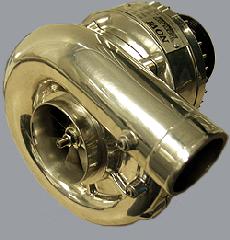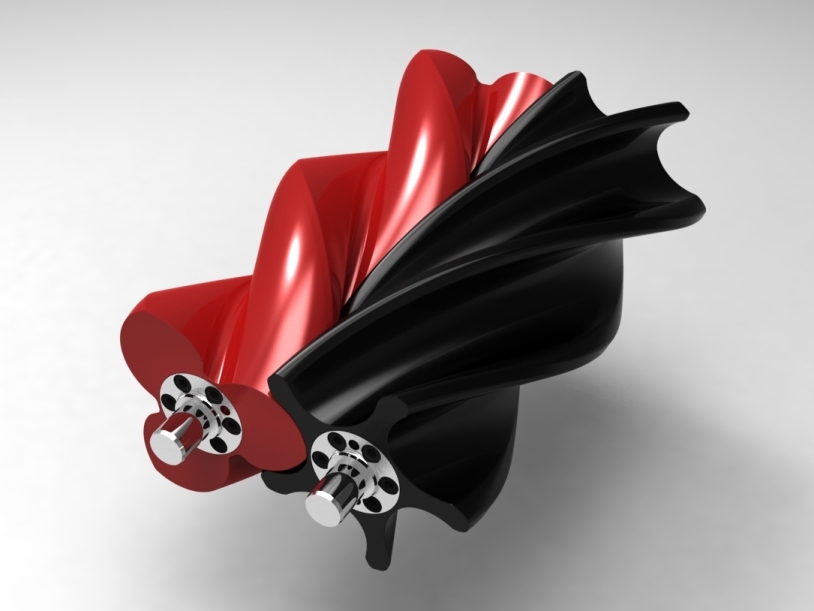It's an automatic transmission, so when you punch it the rpms immediately start to climb, the pcm notices the rapid change in tps and map and then commands a downshift, by the time it disengages and engages in the new gear, the rpms are somewhere higher, that's why you see the rpm needle moving before the mph.
If I lock the car in 2nd gear and do a pull from a very low rpm, full boost was developed by 3k.
The video doesn't illustrate this very well because a downshift always reengaged at like 4k, then once there's a load again it can start building boost.
You can see the vacuum snap to zero the instant the throttle is opened, then pause, then as soon as the downshift completes and grabs you can see the boost shoot up very quickly.
If I lock the car in 2nd gear and do a pull from a very low rpm, full boost was developed by 3k.
The video doesn't illustrate this very well because a downshift always reengaged at like 4k, then once there's a load again it can start building boost.
You can see the vacuum snap to zero the instant the throttle is opened, then pause, then as soon as the downshift completes and grabs you can see the boost shoot up very quickly.
Last edited:



